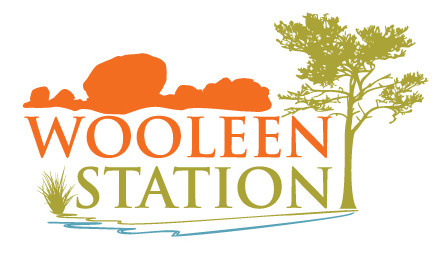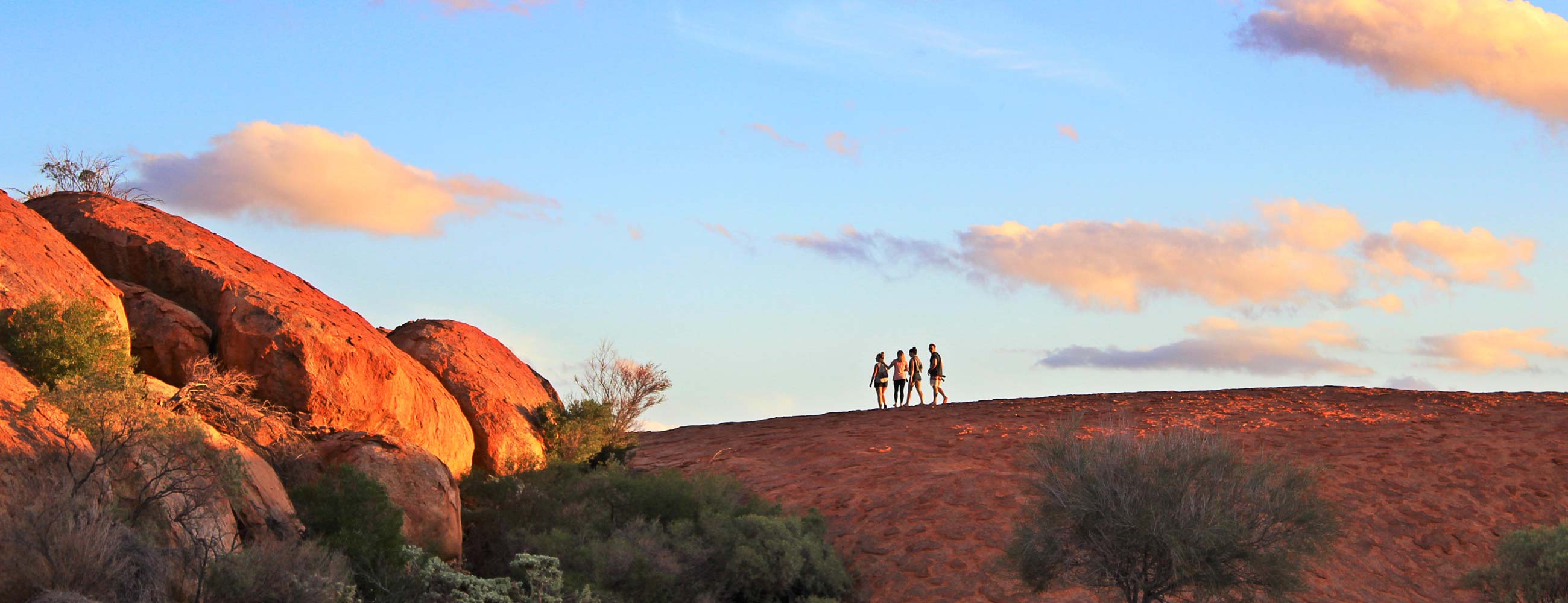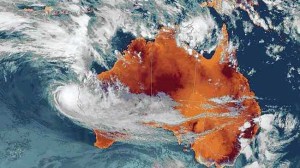Heavy rainfall from a monsoonal low caused floods which have impacted on the shires of Ashburton, Exmouth, Carnarvon, Upper Gascoyne, Shark Bay, Murchison and Northampton on the 17th of December 2010.
The town of Carnarvon received more than its annual rainfall in less than 22 hours and it was feared that the town would be evacuated. Nine Mile Bridge on the Gascoyne peaked at 7.8m early on Monday, WA’s Bureau of Meteorology reported, but has now subsided. The town was saved by reinforced levees along the river however substantial damage has been done to plantations, crops and pastoral stations have barely begun counting stock losses.
It’s feared many of the historic mud-brick pastoral homesteads on the Gascoyne River could have been irreparably damaged after going under water.
All rivers in the region are running including the Murchison and Rodderick Rivers which feed the Wooleen Lake at Wooleen Station.
Wooleen Lake is a fresh water lake which fills only to capacity 1 every 9 years. The Lake is currently filling at a rapid rate as water surges down the river. Birds from near and far and flocking to settle at the site where they may remain for up to 1 year to nest. Some of these species include Blue-billed Duck, Black Swan, Australian Shelduck, Australian Wood Duck, Pacific Black Duck, Australasian Shoveler, Grey Teal, Chestnut Teal, Pink-eared Duck, Hardhead, Darter, Little Black Cormorant, Australian Pelican, White-faced Heron, White-necked Heron, Great Egret, Glossy Ibis, Australian White Ibis, Straw-necked Ibis, Yellow-billed Spoonbill and many many more including all the dry land birds.
Aside from the birds the lake will also spring to life with many crustaceans, fish, frogs and turtles which have been lying dormant waiting for the rain.
Although the rain which fell from the monsoonal low has caused some substantial damage soon the Gascoyne and Murchison region will be a wealth of green growth and annual pasture. River site crossings will be a picturesque setting to stop for a picnic, station stays at there best and bird watching a not to be missed experience.
1 Comment
1 Comment
-
A freind and I would like to visit Wooleen in Sept/Oct. Photography is our passion.Could we be transported to locations, giving time for setting up,so that we could start photographing at first light through to sunrise and until the good light lasts? Likewise in the afternoon to photograph from late afternoon through to dusk?
We intend flying in from Perth so will not have our own transport.
Would there be vacancies at this time in the homestead?




A freind and I would like to visit Wooleen in Sept/Oct. Photography is our passion.Could we be transported to locations, giving time for setting up,so that we could start photographing at first light through to sunrise and until the good light lasts? Likewise in the afternoon to photograph from late afternoon through to dusk?
We intend flying in from Perth so will not have our own transport.
Would there be vacancies at this time in the homestead?